Electrostatic
We research electromagnetically phenomena when the charges are not moving (after a static balance is established). In electrostatics Charges soon hit their balance position because the electrical force is incredibly strong.
Electric Charge
- The atoms consist of a nucleus (containing protons and neutrons) and electrons. Both compounds are composed of atoms. Protons are charged positively and electrons are charged negatively. Since neutrons are atomic, they have no grid charges. They are atomic.
- The number of protons and electrons is equal in each atom of a substance. There is no net electric charge and the positive and negative charges are mostly cancelable.
- Electrons may be extracted out of atoms or applied to atoms and the substance has a net charge, resulting in electrical effects. Static electricity or electrostatics is the focus of the examination of certain net stationary charges and their effect on one another.
Charging by rubbing
This is a familiar electric phenomenon in which friction transfers charged particles from one body to another.
If two objects are rubbed together, especially if the objects are insulators and the surrounding air is dry, the objects acquire equal and opposite charges and an attractive force develops between them.
The object that loses electrons becomes positively charged.
The other that gains electrons become negatively charged.
The force is simply the attraction between charges of opposite sign.
Types of electric charges
Each type of charge attracts the opposite type but repels the same type. This leads to the basic law of electrostatics: Unlike charges attract as charges repel.
SI unit of electric charge is the coulomb (C). It is a scalar quantity.
Every electron has a charge of -1.6 x 10-19 C, and every proton has a charge of +1.6 x 10-19 C.
Examples:
When a piece of amber, plastic, polythene, or hard rubber is rubbed with fur, electrons are transferred from fur to the other material. Fur acquires a net positive charge since it has fewer electrons than protons. Similarly, the amber, plastic, or hard rubber acquires a net negative charge since they have excess electrons.
Combing hair charges the comb in the same way.
Rubbing glass (Perspex) with silk causes the glass to acquire a net positive charge.
Read also: Sound
By conduction(contact)
Procedure:
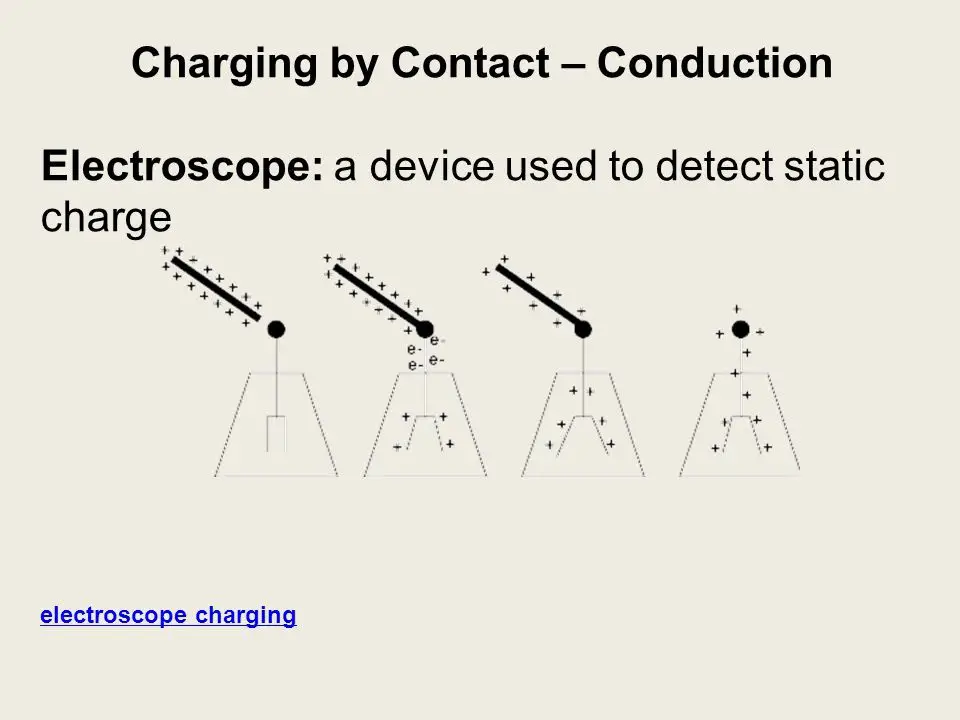
- A neutral object is approached in a metal sphere that has an excess of negative charge.
- Electrons move from sphere to object when they are in contact and spread uniformly.
- There is now less excess negative load in the metal space and a negative strain on the item.
By induction
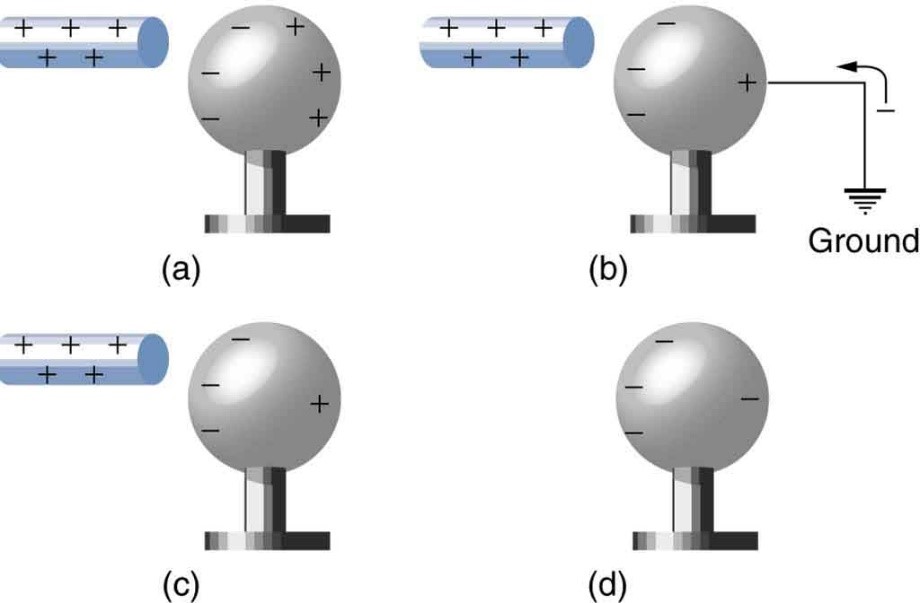
You will require two conductors
Procedure:
- If a positive rod comes close to a neutral metal field, negative burdens on the rod’s most proximate side and positive charges on the far side of the sphere are caused.
- The sphere of metal is grounded (by or by earth-movement). Enough electrons are floating from the floor through the metal sphere through the finger-earth thread.
- Just negative charges were left on the sphere when the finger/earth wire was extracted.
- Finally, the remainder of the negative charges spread evenly across the metal sphere when the bar is removed.
Note:
It does not matter where the earth connection is made!
By charging by high D.C.
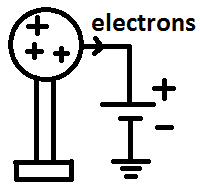
Earthing refers to the process of connecting the conductor to earth by a conducting wire.
Field and charges
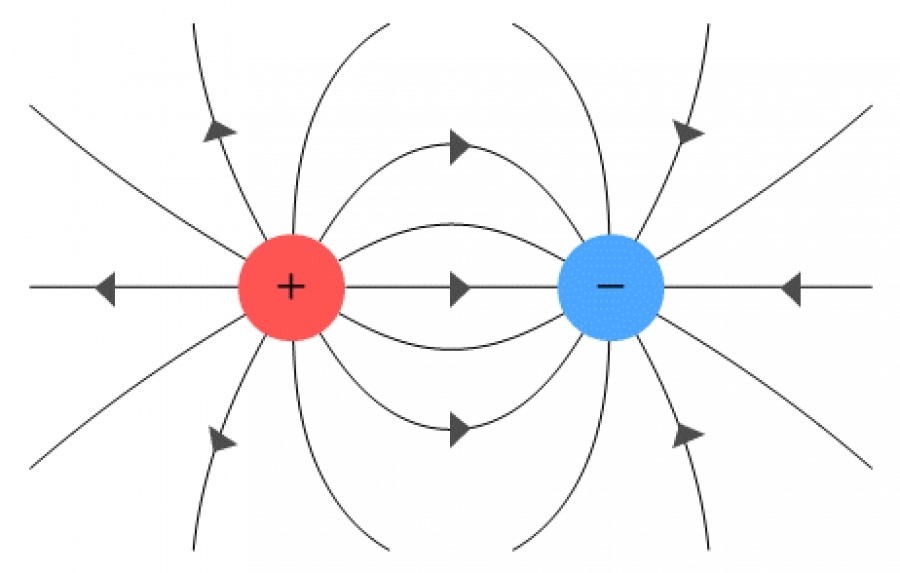
- A field is the space area where a body has an impact as a result of another body’s existence.
- An electric field is a spatial environment in which a force acts on an object because it is electrical charge and since a source generates that spatial.
- Charges cannot be preserved or lost nor can be moved from body to body.
- The load refers to the adjustment of the number of load carriers and hence the overall load on the object.
- As protons are too large and too deep for travel within the atom, electrons are normally transmitted.
- The electrons are closely bound to the Centre of an insulator, only by rubbing can they be withdrawn or inserted. The acceleration of rubbing allows the electrons on the surface to be broken off and moved to another entity.
Photocopier
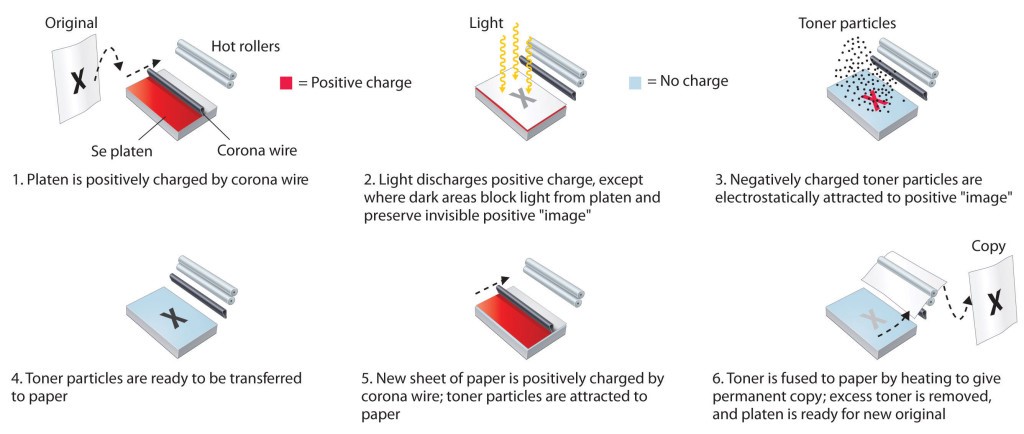
Electrostatic photocopiers may be copied to a surface of a conducting drum by organizing positive charges in a pattern, and then scatter negatively charged dry toner pieces on the drum. The toner particles are briefly adhered to the drum pattern and then moved to the paper to create the copy ‘melted.’
Spray Painting
Plastic particles are positively charged throughout spray paint when they leave the residue of a spray gun. The painting item is sound-coated because between the nozzle and the target there is an electric field. The loaded colors go uniformly over the object’s surface according to the field lines.
Read also: Pressure
Electrostatic Precipitator
Tiny soot, ash, and dust particles comprise significant elements of airborne pollutants from fossil fuels and various industrial production stations. Nearly all these particles can be separated from pollution by electrostatic precipitators.
The particle flow gas is transferred between positive metal plate series and negative loading strings. The intense electric field around the wires emits negative ions. The charged particles are drawn and captured by positively charged surfaces. The plates are regularly shaking so that the elevated soot, ash, and dust settle into a hopper.

